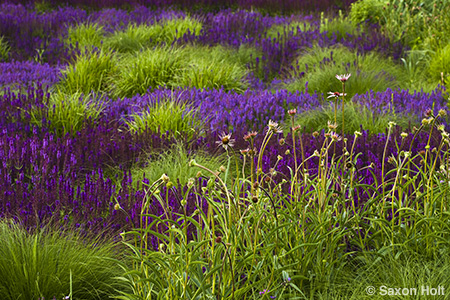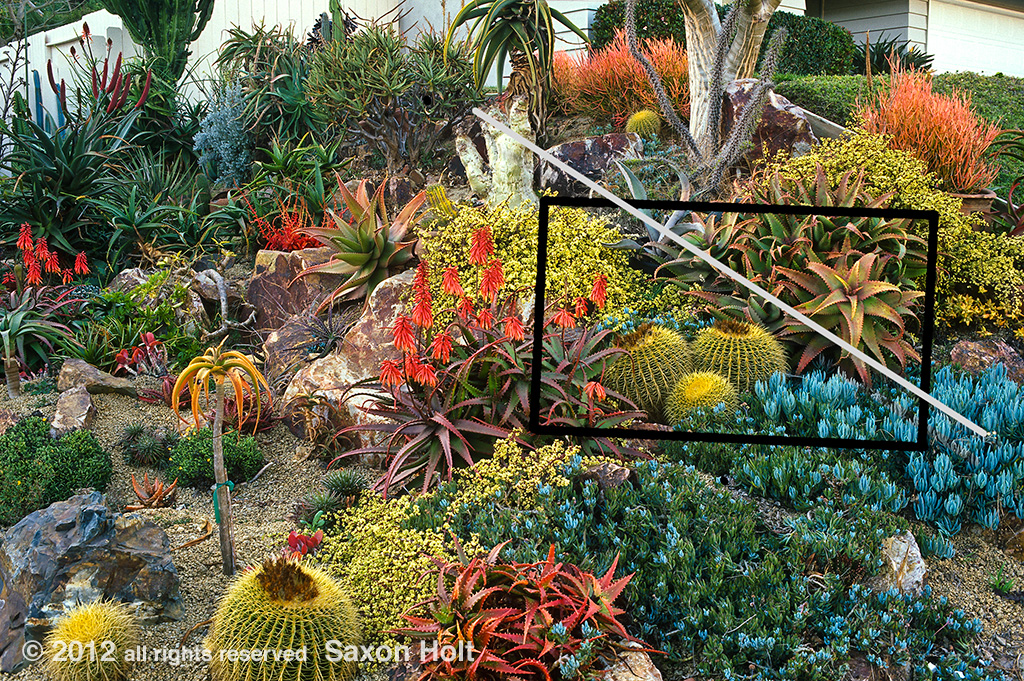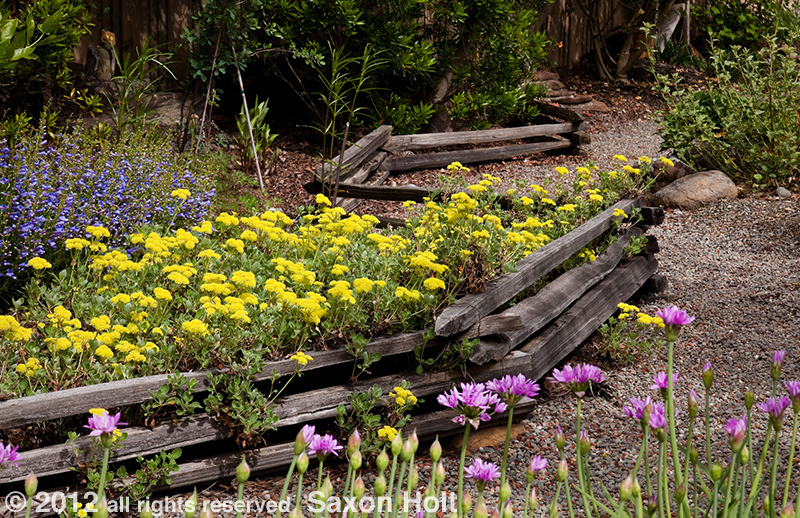So far, in these lessons on garden photography, we have explored the rudiments of composition and light in making good garden photos. In today’s lesson (1.4) we step back and begin to analyze why we take pictures so that we can begin to understand when to snap the shutter. Let’s assume you are not content[...]
Saxon Holt
A Dehiscence of Light – Lesson 1.3
The Wikipedia definition of dehiscence is “the spontaneous opening at maturity of a plant structure, such as a fruit, anther, or sporangium, to release its contents”. Here I present my own dehiscence – of light as I find it in gardens. As a mature garden photographer (no smirks please), I release some of my favorites[...]
Composition 102 – Balance
Our last lesson, the first of the series in my new e-book, and the most important lesson to remember in creating a good garden photo is to fill the frame of your composition with only those elements that contribute to your story. A painter doesn’t waste canvas, a photographer shouldn’t waste space either. OK, using[...]
Composition 101- Fill the Frame
Well, here we go. Join me here as the book unfolds. The PhotoBotanic Garden Photography Workshop is being written one post at a time – starting here. Long time readers of Gardening Gone Wild will know I have been writing about garden photography for almost 5 years. Now its time for a book, an e-book[...]
Find the Photo – Leading Lines
Native plant gardens tend to be hard to photograph. Often the gardeners care more about the plants and habitat than the aesthetics. This is perfectly OK – unless you are trying to photograph them. We need better photographs of native plant gardens to encourage those gardeners who DO care about aesthetics, who want to do[...]




